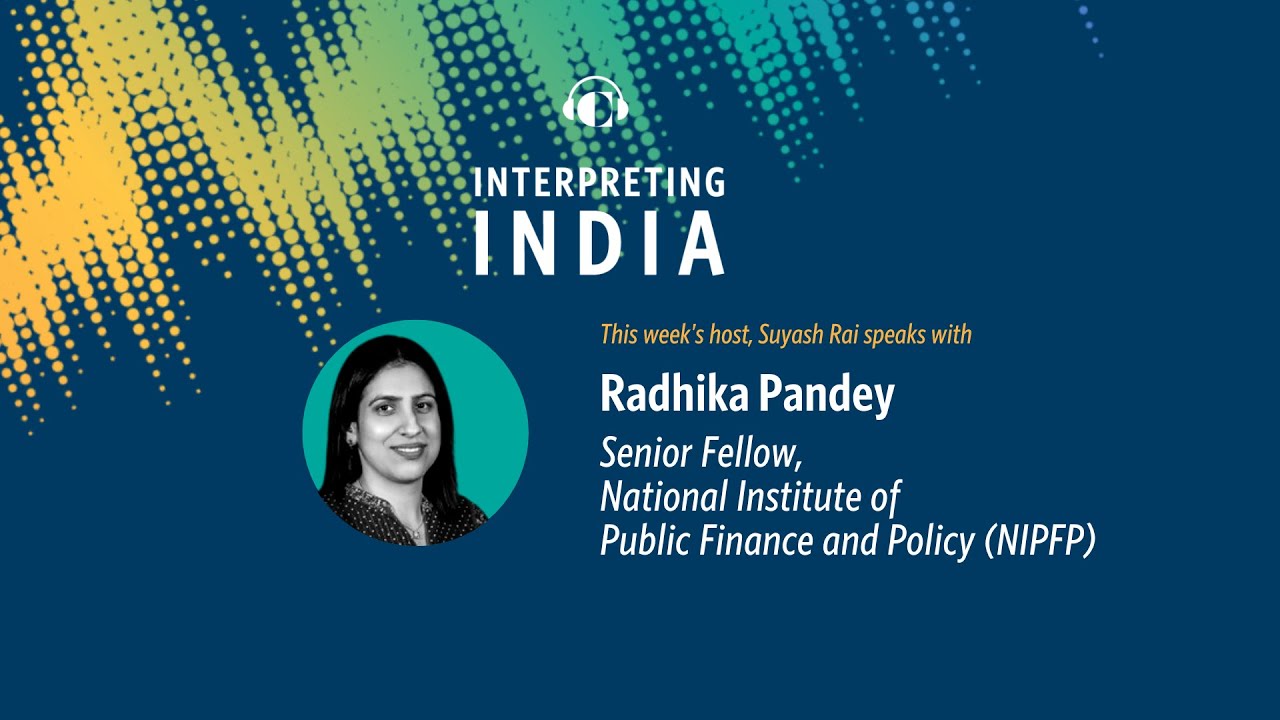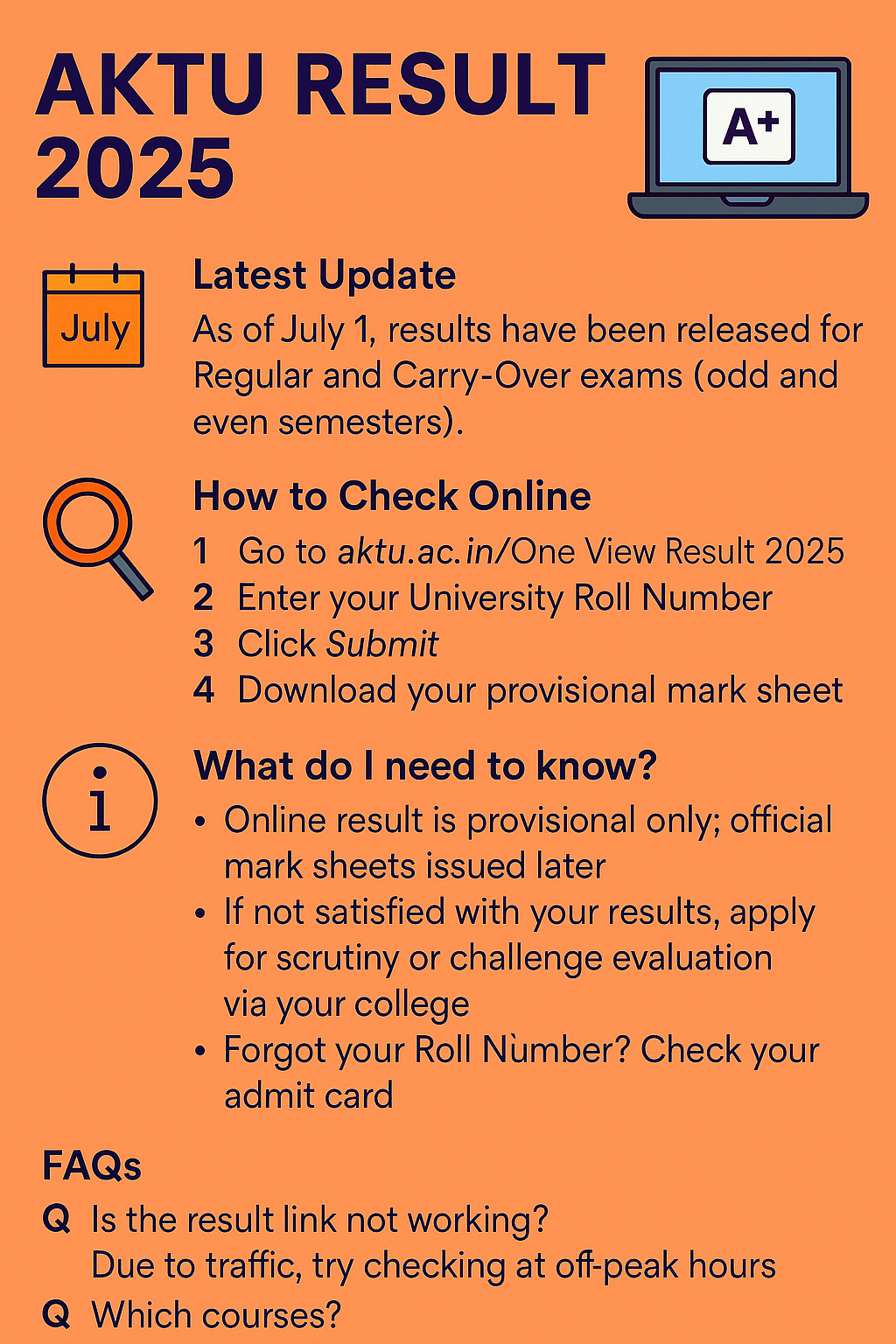Radhika Pandey: The Economist Who Bridged Policy and People
In the world of Indian economics and public policy, few names have resonated with as much clarity, compassion, and credibility as Dr. Radhika Pandey. A macroeconomist, policy researcher, and public intellectual, she was more than just an academic—she was a voice of reason in a noisy world, a mentor to many, and a translator of complex economic ideas into accessible insights for the public.
Her untimely passing on June 28, 2025, at the age of 46, following complications from an emergency liver transplant, has left a void in India’s policy and academic circles. This blog explores her life, work, and the questions people are asking about her legacy.
Who Was Radhika Pandey?
Dr. Radhika Pandey was an Associate Professor at the National Institute of Public Finance and Policy (NIPFP) in New Delhi. With over two decades of experience in macroeconomics, financial regulation, and public policy, she was a leading voice in shaping India’s economic discourse.
She held a Ph.D. in Economics from Jai Narain Vyas University, Jodhpur, and a Bachelor’s degree in Economics from Banaras Hindu University. Her academic journey was marked by a rare blend of rigor and relevance, combining law, finance, and policy into a cohesive framework.
What Were Her Key Contributions?
1. Monetary Policy and Inflation Targeting
Radhika Pandey’s research on inflation targeting significantly influenced the Reserve Bank of India’s monetary policy framework. Her work provided empirical backing for India’s shift toward a more transparent and accountable inflation-targeting regime.
2. Public Debt Management
She was the lead coordinator for the Ministry of Finance’s Task Force on the Public Debt Management Agency (PDMA). Her insights helped shape India’s debt sustainability strategies and fiscal transparency initiatives.
3. Financial Sector Reforms
From bond markets to capital account convertibility, Pandey’s work on financial regulation was instrumental in modernizing India’s financial architecture. She was part of the Justice B.N. Srikrishna Commission on Financial Sector Legislative Reforms and the Working Group on Foreign Investment.
Why Was She So Respected?
Radhika Pandey was not just a researcher—she was a communicator. Her weekly column and video series, MacroSutra, published by ThePrint, made macroeconomics understandable to the average citizen. Whether it was decoding the Union Budget or explaining GDP fluctuations, she brought clarity to complexity.
Her colleagues described her as “the go-to person” for any query on monetary or financial policy. She was admired for her intellectual sharpness, humility, and unwavering dedication—even recording her final MacroSutra episode from her hospital bed.
What Happened to Radhika Pandey?
In June 2025, Radhika was admitted to the Institute of Liver and Biliary Sciences (ILBS) in New Delhi due to acute liver failure caused by jaundice, reportedly triggered by typhoid. Her son, Kanishk, donated a portion of his liver for an emergency transplant. While the surgery was initially successful, complications arose, and she passed away on June 28.
Her death is a stark reminder of the fragility of life and the importance of liver health awareness and early intervention.
What Is Her Legacy?
1. Policy Impact
Her research continues to influence India’s macroeconomic policy, especially in areas like inflation control, debt management, and financial regulation.
2. Mentorship and Leadership
At NIPFP, she led technical teams advising the Department of Economic Affairs, mentoring young economists and fostering a collaborative research culture.
3. Public Engagement
Through her writings in ThePrint, Business Standard, and Bloomberg Quint, she demystified economics for the public, making her one of the most trusted economic voices in India.
Frequently Asked Questions About Radhika Pandey
Q1: What was Radhika Pandey’s educational background?
She earned her B.A. in Economics from Banaras Hindu University and completed her M.A. and Ph.D. in Economics from Jai Narain Vyas University, Jodhpur.
Q2: What was her role at NIPFP?
She was an Associate Professor specializing in macroeconomics, public finance, and financial sector regulation. She also led several government-backed research initiatives.
Q3: What is MacroSutra?
MacroSutra was her weekly column and video series with ThePrint, where she explained macroeconomic trends in simple, relatable language.
Q4: How did she influence the RBI?
Her research on inflation targeting played a key role in shaping the RBI’s monetary policy framework, making it more data-driven and transparent.
Q5: What caused her death?
She passed away due to complications from an emergency liver transplant, following acute liver failure caused by jaundice.
Final Thoughts: A Voice That Still Echoes
Dr. Radhika Pandey’s life was a testament to the power of intellect, empathy, and public service. She didn’t just write about policy—she shaped it. She didn’t just teach economics—she lived it, breathed it, and made it accessible to all.
In a world often divided between ivory towers and grassroots realities, Radhika Pandey stood as a bridge—connecting data with decisions, theory with practice, and policy with people.
Her legacy is not just in the papers she published or the policies she influenced, but in the minds she inspired and the clarity she brought to a complex world.




